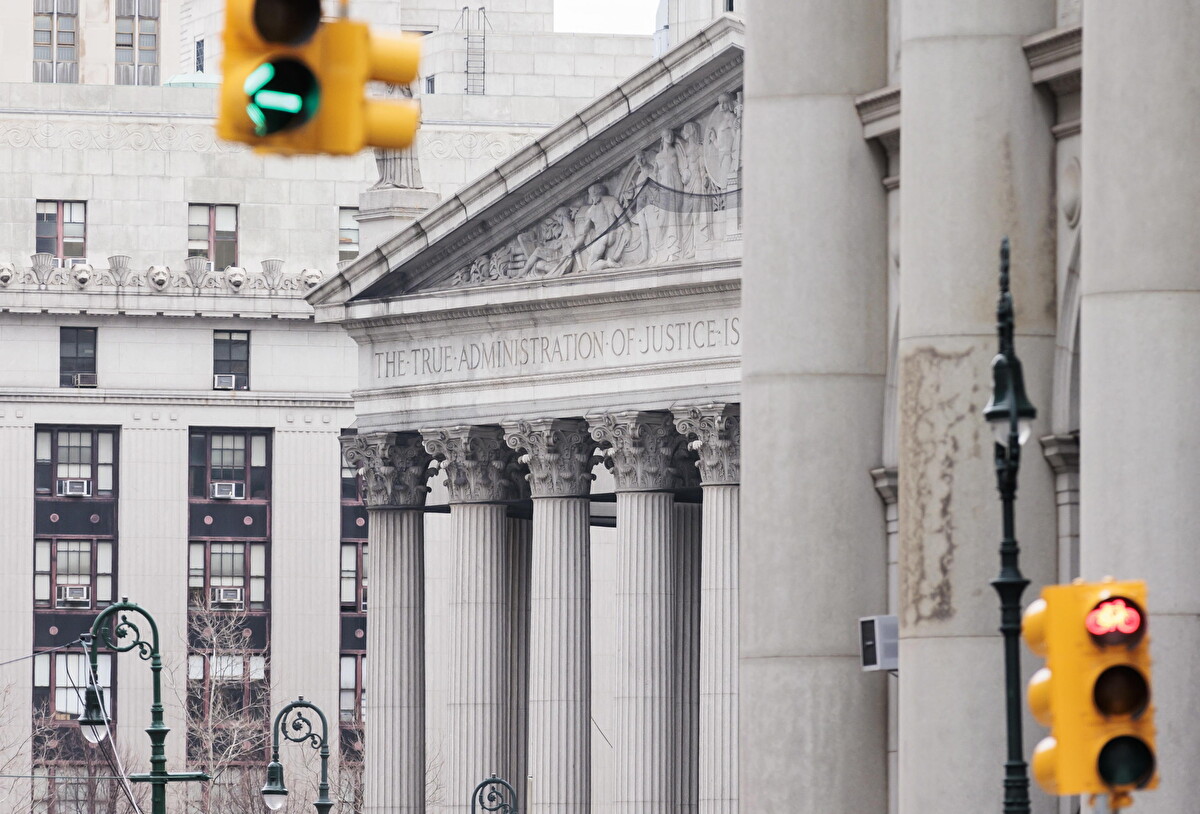For months, the Syrian regime has been starving out the town of Madaya. The town is surrounded by regime forces and land mines, preventing the 42,000 inhabitants from leaving and coming with food or supplies. The last aid the town received from the United Nations was in October of 2015. On January 11, 2016, food and supplies reached Madaya for the first time in months.
The 44-tuck envoy delivered enough food for its population to eat for one month, and while it is clearly not a permanent solution to the starvation in the town, it is much needed for the citizens. Yacoub El Hillo, the United Nations Humanitarian Coordinator in Syria, stated that “We saw thousands of people in desperation, thousands of people who are severely malnourished, older people who were in clear dire physical condition because of lack of regular access to food…We saw people who seemed to have lost hope that the world cared about them”. He was on the first convoy that reached the city and the first to deliver supplies.
About 400 people are critically ill, and there has only been one emergency evacuation yet, in which a five-year old girl was transported to the nearby city of Damascus for surgery. The aid in October of 2015 brought about one months supply of food for 20,000 people, which is much less than what was delivered in January. “Of course, there were a number of terrible examples of emergencies for intervention, to evacuate 400 critically ill people who are going to die if they don’t get fast to a medical facility that has the capacity to deal with their complicated condition […] These people must get out today before tomorrow if we are going to save their lives”, added Mr. Hillo. According to the Médecins Sans Frontières (MSF), 23 people starved to death in Madaya in December. Six of them were children. The UN High Commissioner for Refugees (UNHCR) Sajjad Malik was also in the first convoy to reach Madaya, and he spoke about the condition of the town and its peoples. “We were pretty horrified…Most of them have not had bread, rice or vegetables for quite some time. They were desperately looking for something while we were offloading cars… kids and everybody around the cars were asking for anything (to eat) … we could see how desperate the situation is. They have been going around looking for grass or herbs and they use a bit of spices and make soup”.
Tensions were high at the UN on Monday, January 11, when the Syrian Ambassador, Bashar Ja’afari came to the stakeout at the United Nations and addressed the press, stating that the regime did not have a role in the starvation of Madaya. Later that day, The United States Ambassador to the UN, Samantha Powers made a statement, “The humanitarian crisis in Madaya is but one more sign of the Assad regime’s brutality throughout Syria. Such suffering should not and need not continue. Time and time again, we’ve seen the Syrian regime promise to allow life-saving aid to reach starving people, and time and time again, the regime has prevented aid from moving. Indeed, in 2015 – in but one testament to the Syrian regime’s indifference to the welfare of its own people – Damascus did not even deign to respond to more than half of UN requests to deliver assistance across conflict lines. Blocking aid in order to starve civilians is grotesque – and but one more reason why Assad’s supporters should recognize that he has lost the legitimacy to govern the Syrian people”.
Madaya is not the only towns being starved out. Reports of starvation have been coming from other towns, such as Kefraya and Foah. At the same time food was being delivered to Madaya, a 21-truck convoy delivered food for 20,000 people to both Kefraya and Madaya. While these are only temporary solutions for these people, the aid is going to help thousands of people survive, long enough so that the United Nations may continue its work to ease tensions in Syria and the Middle East.












